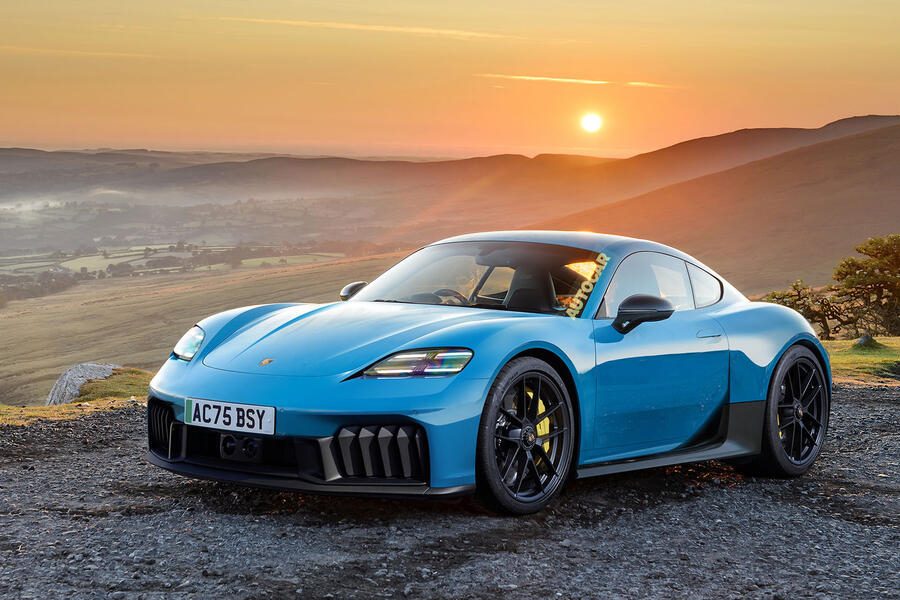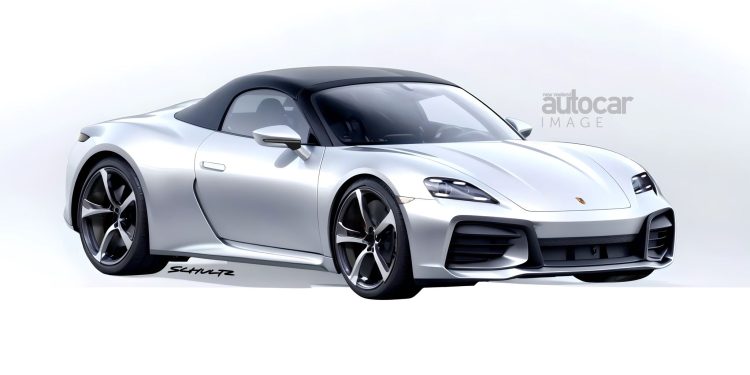Porsche Boxster And Cayman EVs Details Emerge
Words NZ Autocar | Images Autocar UK, NetCarShow
The new-generation electric Porsche 718 Boxster and Cayman will feature motorsport-honed braking and handling. Porsche’s technical chief says they will offer a “real sports car feeling”.
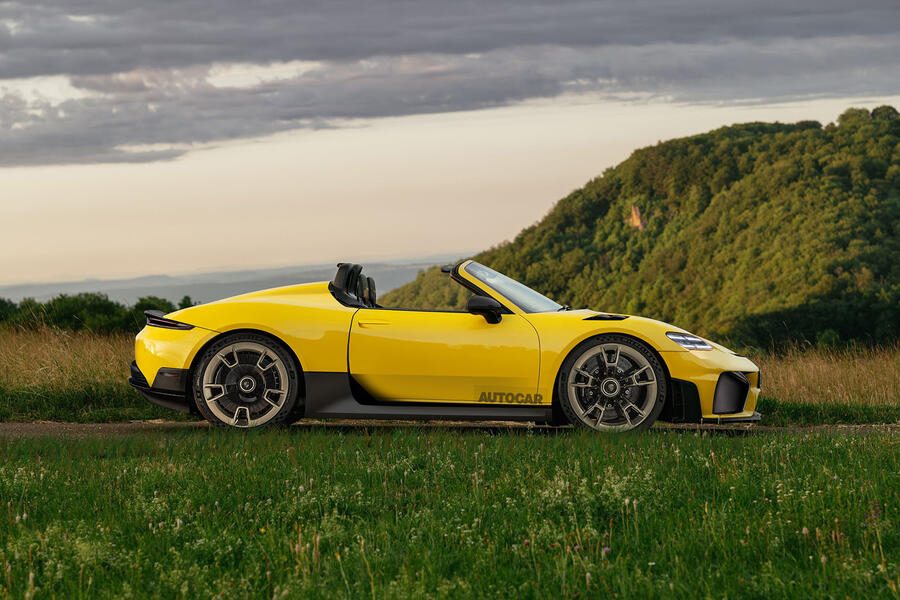
The new two-seater sportsters will be built alongside the combustion engined versions at the firm’s Zuffenhausen factory. They were due out next year but may be delayed. Meantime, the lives of their ICE siblings will likely be extended until EV demand improves. However, testing of EV mules continues so they may still disrobe next year.
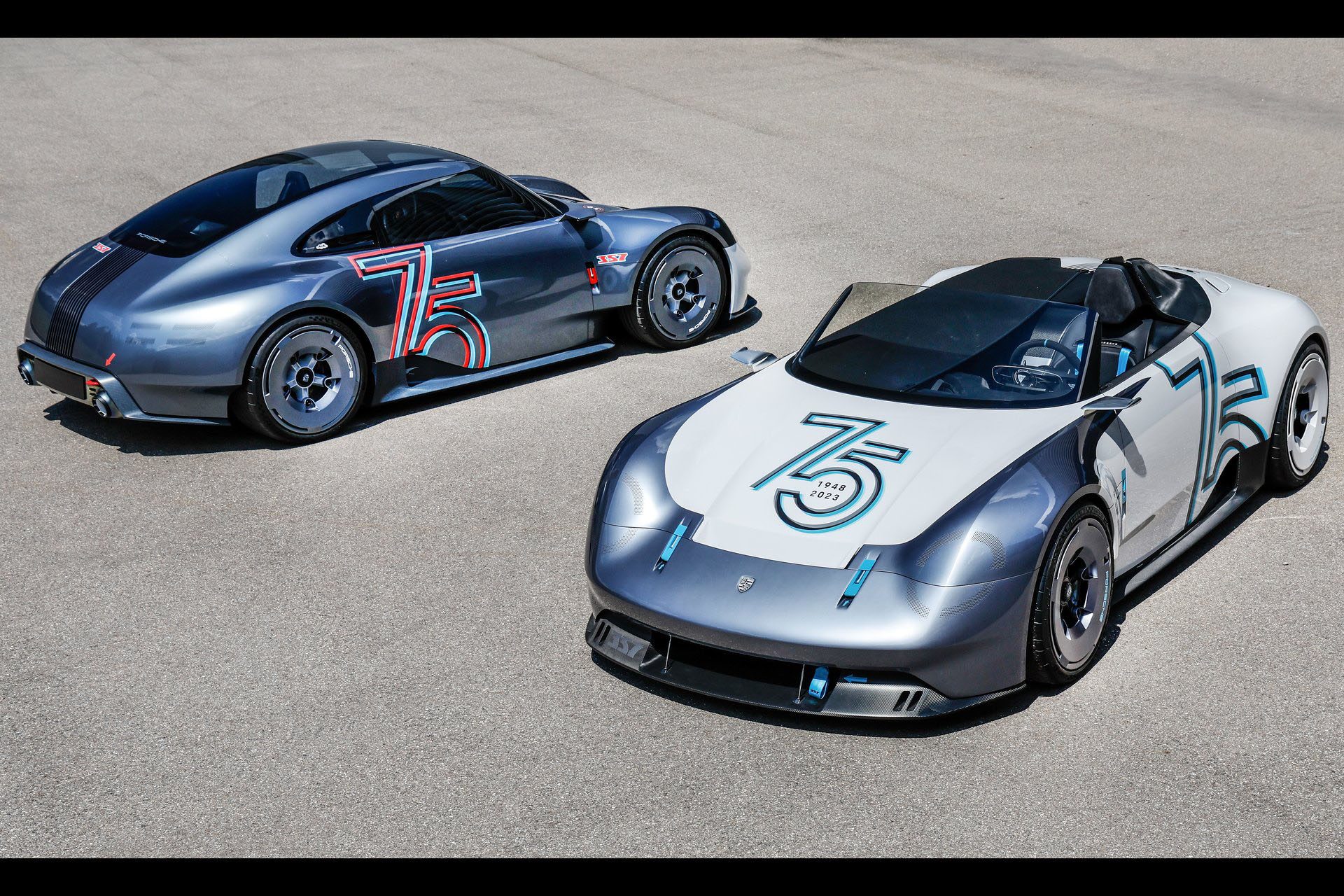
Spy shots suggest the electric variants are much the same size, style and philosophy as their ICE sibs. However, they will utilise a new electric sports car platform. An unusual feature is the battery ‘core’. The pack itself is located behind the driver, where you find the engine in the existing 718 models. Battery packs must therefore be compact so efficiency and energy regeneration are key to the design.
Efficiency is paramount
Porsche R&D chief, Michael Steiner, explained in an interview with Autocar UK that success in Formula E revolves around efficiency. Learnings from this series go into the new sports cars.
Read our 2023 review of the 718 Cayman
He said: “There’s a wide variety of things we can do with better efficiency.” He added that it isn’t just about the design of the motor but also the software and braking, i.e. how you merge regeneration systems with the traditional brakes. Taycan and Macan Electric offer only limited regeneration control. “Our strategy is not one-pedal drive.”
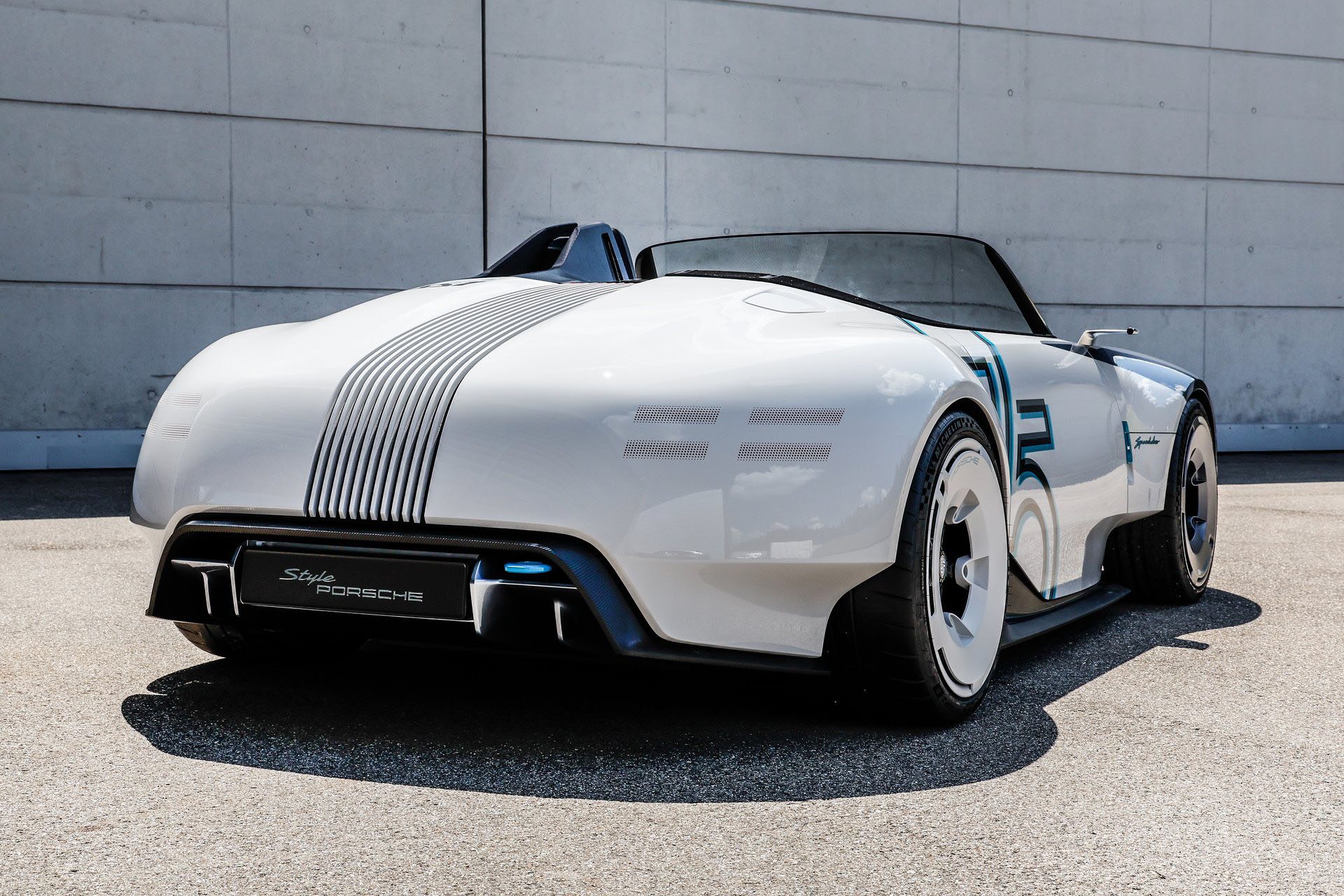
You need control of recuperation and braking to be seamless. “If you don’t have the right feeling on the pedal, you don’t have trust in the stability of the car.” Steiner said that brake feel is “what makes a car superior ”. Anyone can do straight-line acceleration, he explained, but the brake pedal feel with good handling is something we’ve learned in Formula E.
Steiner added that it is always more efficient to use the car’s kinetic energy to slow it, with the aim of avoiding disc brake use as much as possible.
Porsche avoids one-pedal braking
“With a one-pedal system, regeneration starts early so you’re already decelerating when the brake discs kick in. As a driver, you have no influence at all.
But if you have all the braking on the brake pedal, then the driver can modulate it and can control the car with the brakes as well as the throttle. “This is superior to a system that does something you can’t control.”
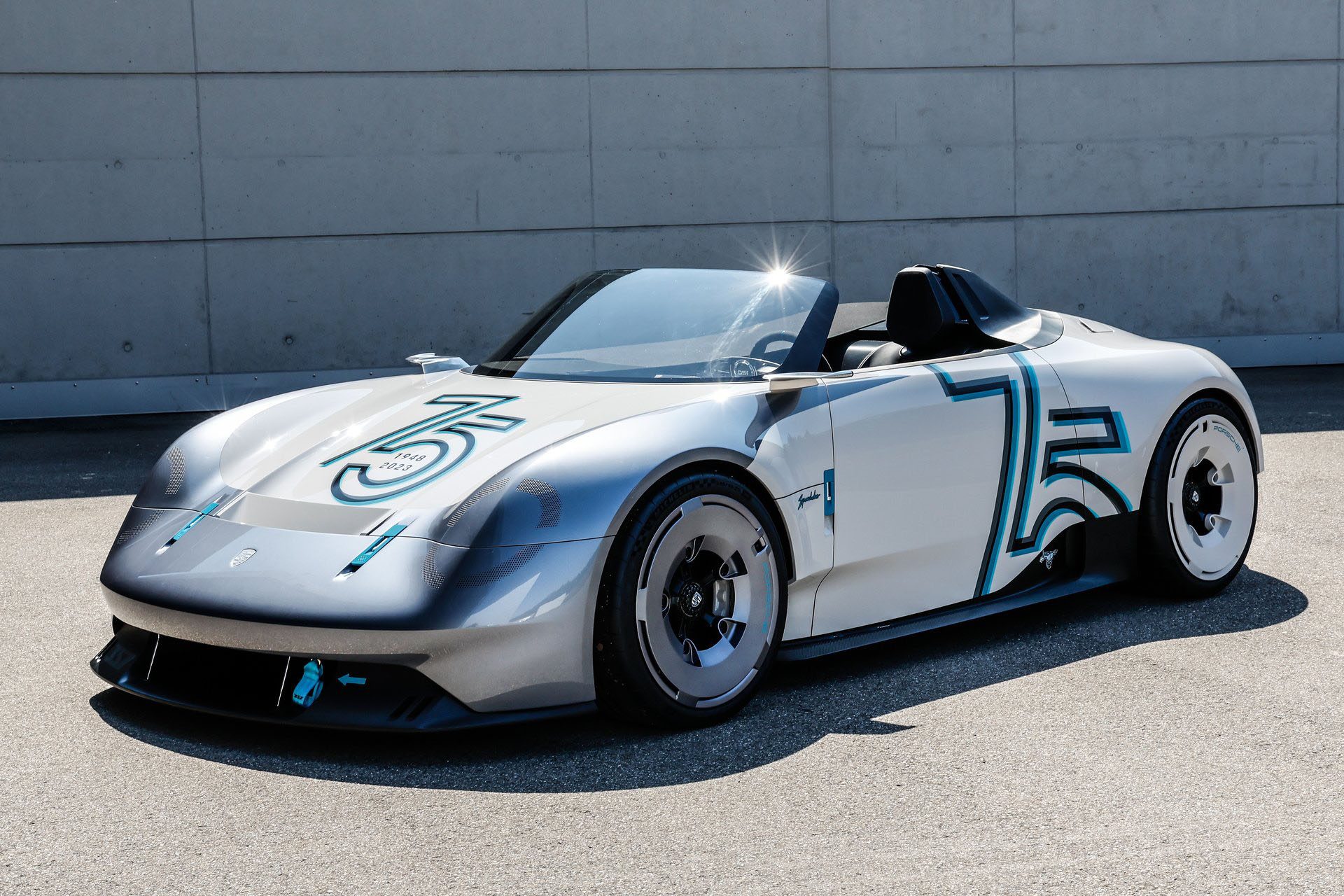
There will also be a focus on maximising the amount of energy recaptured to optimise efficiency. So then a smaller battery pack is fitted, reducing cost and weight.
Locating the battery behind the seat puts the centre of gravity as close to the driver as possible. It makes the car feel more agile and well balanced for improved control.
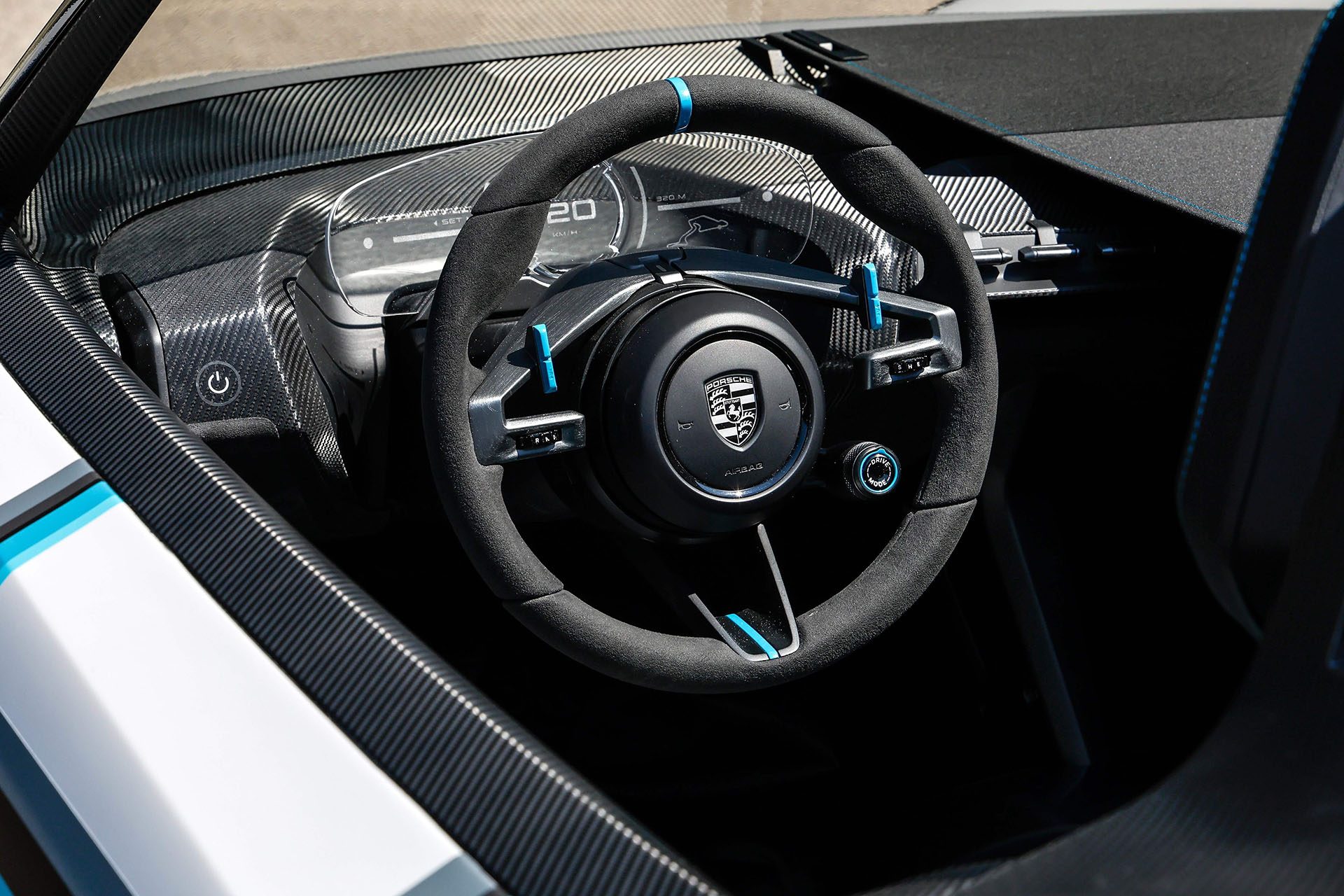
You also sit closer to the road, instead of on top of the battery pack. That gives the cars a sportier feeling said Steiner. Driving an electric convertible with the roof down is also quieter, calmer than in a combustion car. It also accelerates faster, despite weighing slightly more.
“This car, with really sharp steering and good braking, will be a package worth waiting for.”
